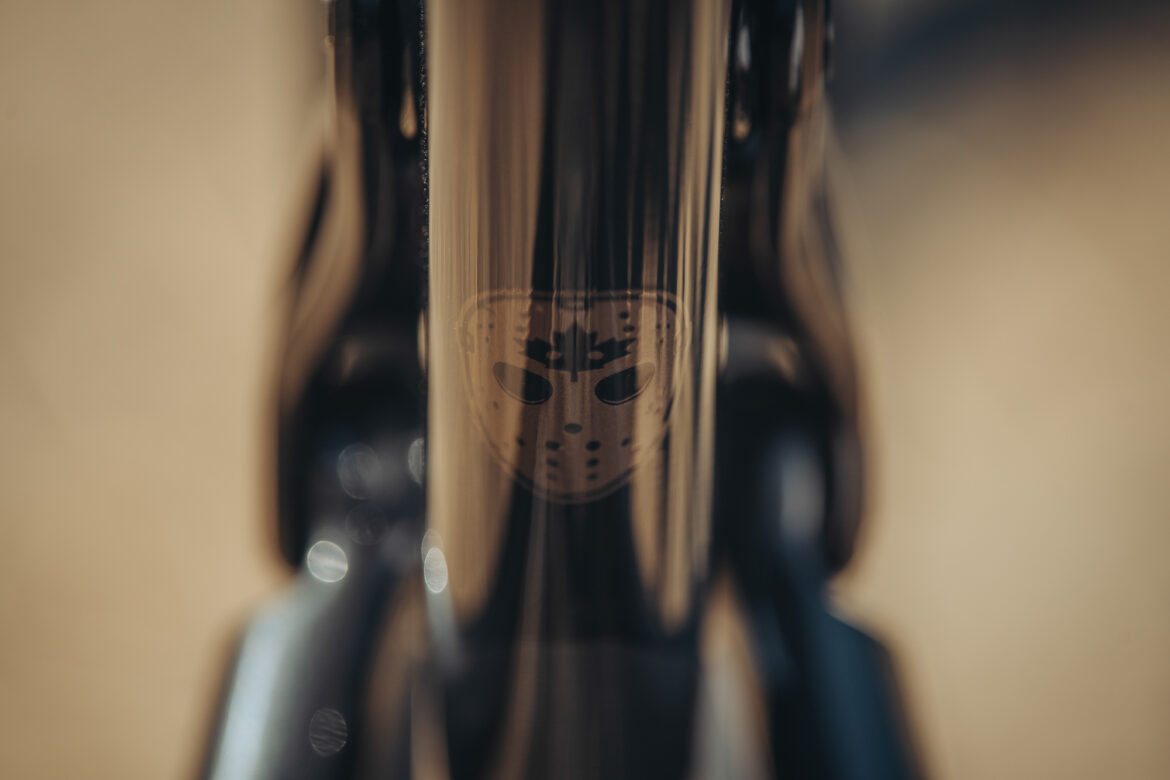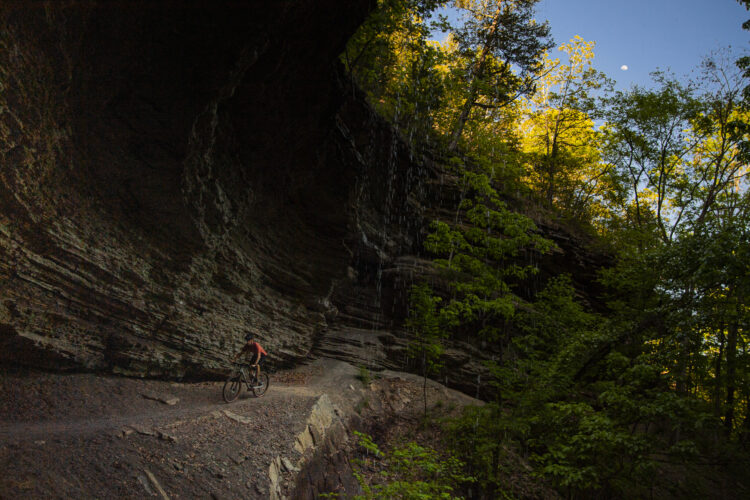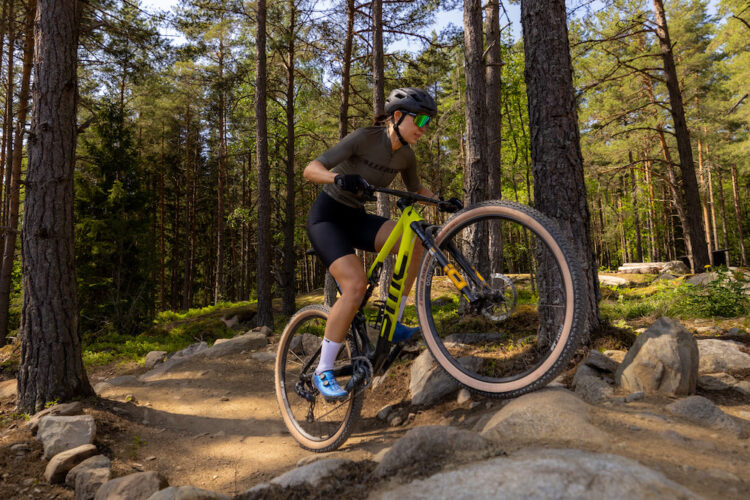
After four years, Rocky Mountain updated the Slayer freeride bike and has added a touch more rear wheel travel, revised geometry, and new frame features.
The last Rocky Mountain Slayer was a major revision over the previous generation, taking their historic model from what was temporarily an enduro bike to a freeride bike. This generation pegs it deeper into freeride and bike park terrain.

All about the new Slayer
The all-new Slayer gains 10mm of travel, landing at 180mm in the rear with a 180mm or 200mm fork with either mixed-wheels on sizes S-M or full 29er for sizes L-XL. Previous versions were available in a 27.5″ wheel package with 180mm of travel front and rear and the 29er had 170mm front and rear.
It is a little surprising to see Rocky make the Slayer without a full 27.5″ option since it has long been a dedicated freeride bike with regular appearances at Red Bull Rampage.
Rocky Mountain talks a little bit about their target market in their press materials:
“As downhill bikes trend towards becoming dedicated race weapons, bikes like the Slayer are attracting customers looking for that aggressive, big mountain bike that can smash bike park laps all day long, and still be pedaled to, from, up and down their local trails.”

Geometry
The Slayer’s geometry is always interesting to watch. Freeriders tend to want shorter, more nimble and whip-able bikes, but other riders may want to charge with longer wheelbases and slacker head tube angles.
On a medium, mixed-wheel Slayer in the middle geometry setting the bike has a 63° HTA, a 77.5° STA, a 410mm seat tube length, a pretty moderate 455mm reach, and a 1,249mm-long wheelbase.


Other notable features
The Slayer is available in both alloy and carbon options. The Slayer also has a downtube storage compartment, a first for the brand. Rocky Mountain is calling it the PenaltyBox, which at first glance seems like it may have a negative connotation, but think Canadian bike, hockey, and of course the Jason Voorhies hockey mask and it all makes sense.
Fully enclosed internal routing keeps the bike’s appearance, which hasn’t changed a whole lot, nice and tidy. The Ride-4 system gives riders adjustable geometry via a flip-chip at the lower shock link and shielded bearings keep the pivots smoother, longer.
At the rear axle is a flip-chip too, giving the Slayer an adjustable rear center and wheelbase length.

Build kits and pricing
The new Slayer will be sold in three different carbon frame build options — the C90/50/70 — and two alloy, A50 and A30 builds. The Slayer A30 comes with a Marzocchi coil shock, Shimano RT64 brakes with 203mm rotors, a Shimano Deore drivetrain, WTB wheels, and a Rocky Mountain dropper post.
The top-level C90 build has a Fox 38 with Grip2 damper, a Fox DHX2 Factory coil shock, Shimano XTR brakes and drivetrain, and Race Face ARC carbon wheels with CushCore.
The A30 build is priced at $3,800 while the Slayer C90 tops out at $10,300. For more information, see the brand’s website.





